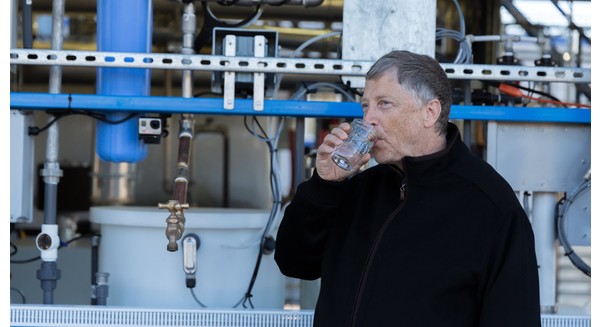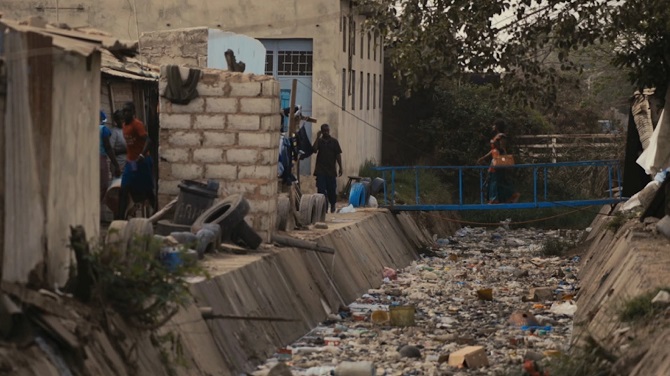Bill Gates brought the device of manure to clean water to Africa
Earlier this year, Bill Gates surprised everyone by drinking water treated from . feces in just 5 minutes.
The machine that processes waste into clean water can save millions of people.
Of course that is not unsanitary action. That's how he promoted the quality of his water treatment machine , Jacniki Omni processing system, capable of turning waste into electricity, ash and drinking water. The system was developed by Janiki Bioenergy, able to turn 14 tons of waste into electricity and drinking water every day.

It is currently being tested in real life. Eventually the system could partially support more than 2 billion people in the world lacking adequate sanitation measures to remove waste and pathogens from their lives.
The first trial will take place in Dakar, Senegal, where 1.2 million residents do not have access to the sewer system. In daily life, people here often put waste in buckets, dig holes and dump in areas around their habitats. This is the ideal environment for cholera and typhoid .

The current city begins to be replaced by an Omni system. It will solve 1/3 of the waste in Dakar into useful products. The next version of Omni will handle both normal garbage and waste.
According to Bill Gates, the ultimate goal is "The Omni handling system must be cheaper than renting garbage trucks, reducing the role of people in waste disposal".
Janicki moved the Omni system to Darkar last year. Gate wrote on his personal blog that there will be many things to care about."The machine needs to be tested. And unlike computer programs, it can't be tested in the office in Seattle. The real world has a lot of problems to solve. For example, you have to find the right people. You have to work with the local and the Government as well as measure the community's response , " he wrote.
The Dakar government has now approved this machine. That is the first step. Next, Jacniki needs to work to make his machine run better, smaller and cheaper. (The first version costs up to 1.5 million USD, the commercial version costs 2 - 4 million USD).
- Bill Gates drink water extracted from human feces
- The toilet does not waste water, the great innovation was funded by Bill Gates
- Why is Bill Gates called a
- Bill Gates' new style of toilet: No water needed, no waste left to smell, can separate water from feces
- 10 immortal sayings of billionaire Bill Gates
- How did Bill Gates start - The founder of Microsoft
- 10 interesting facts about Bill Gates
- 13 facts about Bill Gates
- 10 Gates of life's maxim
- Bill Gates: Efforts to develop HIV vaccines
- The project funded by Bill Gates predicts that the next pandemic will kill 33 million people in 25 days
- See how the toilet does not use water - products awarded by Bill Gates $ 710,000
 Is the magnetic North Pole shift dangerous to humanity?
Is the magnetic North Pole shift dangerous to humanity? Washington legalizes the recycling of human bodies into fertilizer
Washington legalizes the recycling of human bodies into fertilizer Lightning stone - the mysterious guest
Lightning stone - the mysterious guest Stunned by the mysterious sunset, strange appearance
Stunned by the mysterious sunset, strange appearance